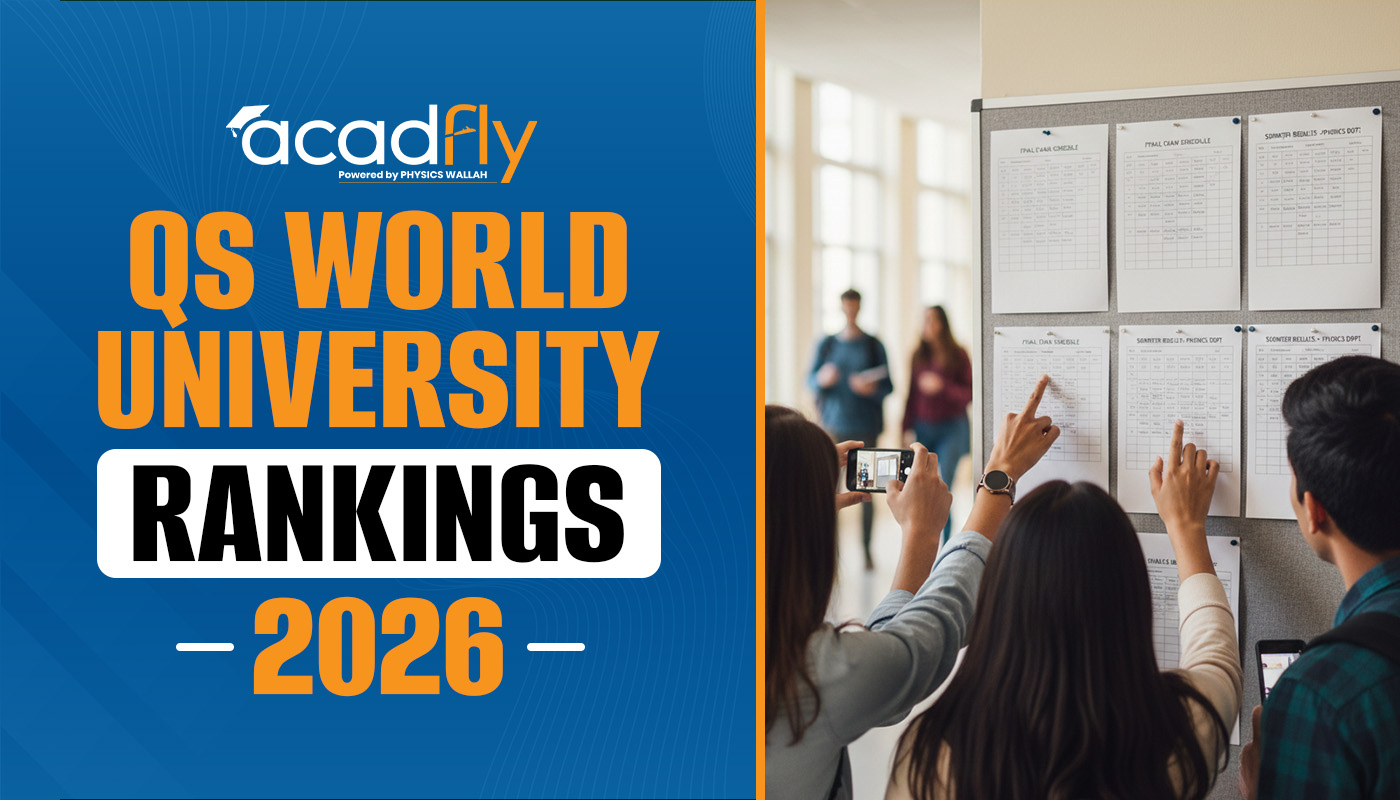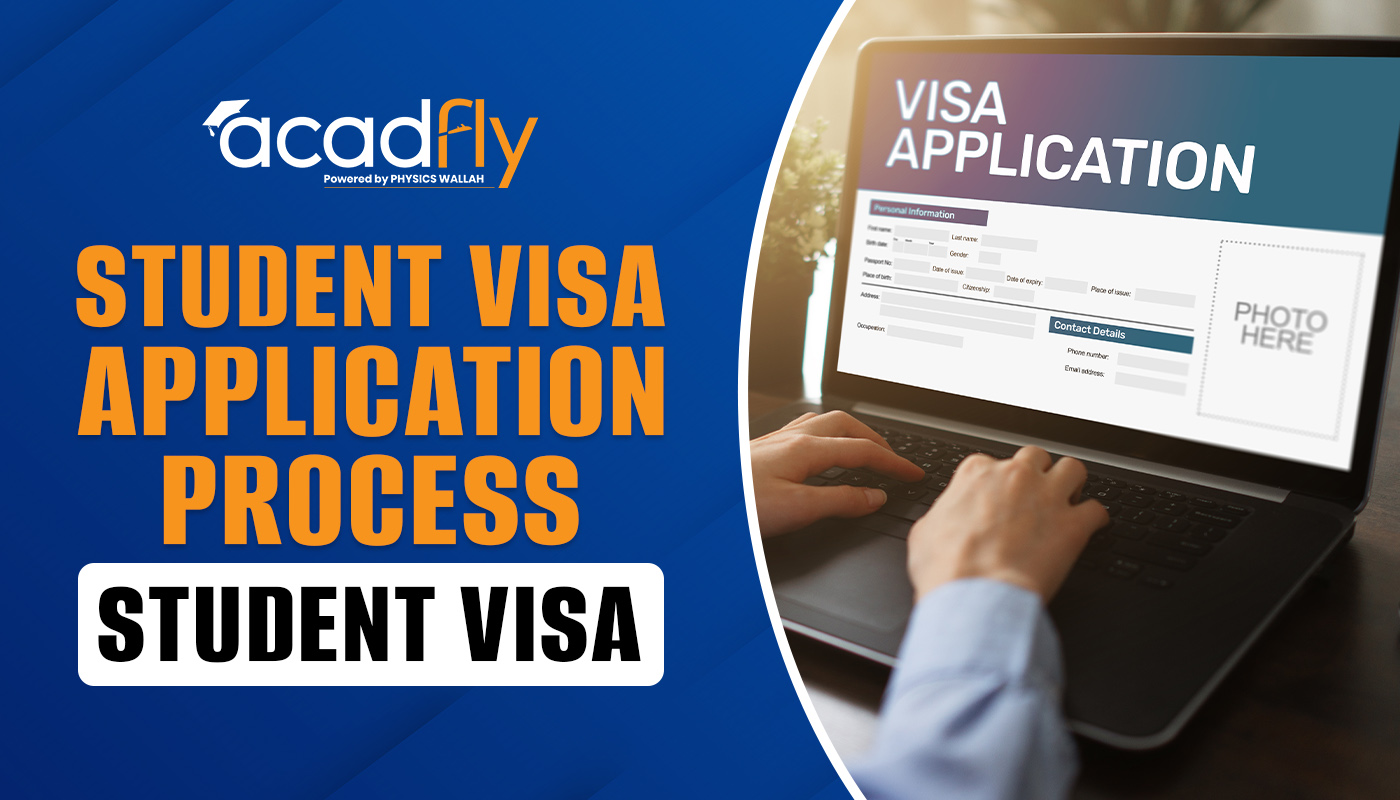
Studying in the United States is an exciting opportunity for international students, offering access to world-class universities, cutting-edge research, and a diverse cultural experience. However, navigating the process of applying to US universities, understanding the costs, and securing a student visa can be overwhelming. This guide provides essential information on everything you need to know, from choosing the right university and managing living expenses to securing the right visa and adjusting to life in the US. Whether you're applying for undergraduate or graduate programs, this guide will help you make informed decisions and prepare for a successful academic journey in the US.
Top Universities in the US: Best Institutions for International Students
The United States is home to some of the world's most prestigious and renowned universities, attracting thousands of international students every year. Whether you're seeking cutting-edge research opportunities, world-class faculty, or a diverse cultural experience, these universities offer the ideal environment for academic growth. Here's a list of top universities in the US that are particularly popular among international students.
|
University Name |
Location |
Known For |
Popular Programs |
|
Harvard University |
Cambridge, Massachusetts |
Excellence in research, global influence, diverse student body |
Business, Law, Medicine, Engineering |
|
Stanford University |
Stanford, California |
Innovative research, close ties to Silicon Valley |
Computer Science, Engineering, Business |
|
Massachusetts Institute of Technology (MIT) |
Cambridge, Massachusetts |
Leading research in science and technology |
Engineering, Computer Science, Physics |
|
University of California, Berkeley |
Berkeley, California |
High academic standards, global influence |
Environmental Science, Business, Engineering |
|
Princeton University |
Princeton, New Jersey |
Strong emphasis on undergraduate education |
Physics, Engineering, Economics |
|
Columbia University |
New York City, New York |
Diverse cultural and academic environment |
Business, Law, International Relations |
|
California Institute of Technology (Caltech) |
Pasadena, California |
Cutting-edge research in technology and sciences |
Physics, Computer Science, Engineering |
|
University of Chicago |
Chicago, Illinois |
Strong programs in humanities, social sciences, and business |
Economics, Law, Business, Sociology |
|
Yale University |
New Haven, Connecticut |
High academic standards, focus on research |
Law, Political Science, Arts |
|
New York University (NYU) |
New York City, New York |
Location and industry connections, strong arts and business programs |
Business, Arts, Law, Media |
Application Process for US Universities: A Step-by-Step Guide
The application process for US universities can be complex, but with careful planning and attention to detail, it is manageable. Here's a step-by-step guide to help you navigate through it:
1. Research and Choose the Right Universities
Before starting the application process, it's important to research universities that offer the programs you're interested in. Consider factors like location, faculty, campus culture, and financial aid opportunities. Make a list of institutions that align with your academic goals and personal preferences.
2. Prepare for Standardized Tests
Many US universities require standardized test scores as part of the application. The most common tests are the SAT or ACT for undergraduate programs, and the GRE or GMAT for graduate programs. Research the test requirements for each university you are applying to and register for the necessary exams in advance.
3. Prepare Required Documents
US universities typically require several documents for admission, including:
-
Academic transcripts
-
Letters of recommendation
-
Personal statement or statement of purpose
-
Test scores (e.g., TOEFL, IELTS, GRE, SAT)
-
Resume or CV (for graduate programs)
-
Portfolio (if applicable, for creative programs)
Start gathering and organizing these documents well before the application deadlines.
4. Complete the Application Forms
Most universities use an online application portal. Some universities also accept applications through common platforms like the Common App for undergraduate programs. Carefully fill out all sections of the application, ensuring that all the information is accurate and up-to-date.
5. Submit Your Application
After completing the application forms and uploading the required documents, review everything before submitting. Be sure to double-check the deadlines for each university, as they may vary. Make sure you pay the application fees, if applicable, before submitting the application.
6. Attend Interviews (If Required)
Some universities may require interviews as part of the admissions process. Prepare for these interviews by reviewing common interview questions and understanding the program you're applying to. It’s important to demonstrate your passion for the field and your readiness to succeed in the program.
7. Wait for the Admission Decision
Once your application is submitted, the university will review your materials and make a decision. Admission decisions can take several weeks or months. Be patient and check your email regularly for updates.
8. Review Your Offer and Accept the Admission
If you are offered admission, review the details carefully, including any financial aid packages, scholarships, or conditions attached to the offer. Once you're ready, accept the offer and inform the university of your decision.
9. Apply for a US Student Visa
After accepting an offer of admission, the next step is to apply for a US student visa. You'll need the Form I-20, which your university will send after confirming your enrollment. Schedule a visa interview at the nearest US embassy or consulate and gather all necessary documents for the interview.
Scholarships and Financial Aid for International Students in the US
Studying in the United States is an exciting opportunity, but it can also be costly for international students. However, there are numerous scholarships, grants, and financial aid options available to help make education in the US more affordable. These financial opportunities are offered by universities, government bodies, and external organizations. Understanding how to apply for these resources and knowing which scholarships are available can significantly ease the financial burden of studying abroad.
1. Merit-Based Scholarships
Merit-based scholarships are awarded to students based on their academic performance, extracurricular achievements, or other personal accomplishments. These scholarships are typically offered by universities or private organizations to attract talented students from around the world.
The application process usually involves submitting academic transcripts, personal statements, and letters of recommendation. The amount awarded can vary from partial to full tuition coverage, depending on the scholarship and institution offering it.
2. Need-Based Scholarships
Need-based scholarships are given to students who demonstrate financial need, meaning they come from low-income backgrounds and require financial support to pursue their studies. The amount awarded is based on the financial circumstances of the student’s family and the documentation provided, such as family income statements.
The eligibility for these scholarships is determined by the financial information submitted during the application process, and they can range from small grants to full scholarships that cover tuition and living expenses.
3. University-Specific Scholarships
Many universities in the US offer scholarships specifically for international students to encourage global diversity and academic excellence. These scholarships vary by institution and can be based on factors such as academic performance, leadership skills, or specific fields of study.
The eligibility requirements and the application process for university-specific scholarships differ from one university to another, and students are usually required to apply directly to the university’s scholarship program along with their admission application.
4. Government-Funded Scholarships
Various US government programs, such as the Fulbright Program and the Hubert Humphrey Fellowship, offer scholarships for international students. These programs are often available for specific countries, fields of study, or graduate-level education. These scholarships typically cover full tuition fees, living expenses, and sometimes travel costs.
The application process for government-funded scholarships can be competitive and requires submitting extensive documentation, including essays, academic records, and recommendation letters.
5. Graduate Assistantships
Graduate assistantships are available to international students pursuing graduate-level studies, typically in exchange for working at the university. In these positions, students assist professors with research, teaching, or administrative tasks. In return, they receive a stipend for living expenses and may have their tuition fees partially or fully waived. Graduate assistantships are competitive and often require applicants to submit a separate application to their department or program.
Student Visa for the US: Types, Requirements, and Application Process
The United States offers a range of student visas for international students looking to pursue their education at accredited institutions. The most common student visas are the F-1, M-1, and J-1 visas, each designed for different types of study. Understanding the visa options, their requirements, and the application process is crucial for ensuring a smooth journey toward studying in the US.
|
Visa Type |
Purpose |
Eligibility Requirements |
Application Process |
|
F-1 Visa |
For academic students enrolling in a full-time program at an accredited US university or college. |
Must be accepted into a SEVP-certified school, demonstrate financial ability to cover tuition and living expenses, and maintain a full-time course load. |
Complete the Form DS-160, pay the SEVIS fee, schedule a visa interview, and provide required documentation such as passport, I-20 form, and proof of financial support. |
|
M-1 Visa |
For students enrolling in non-academic or vocational studies, such as technical or trade schools. |
Must be accepted into a SEVP-certified vocational program, demonstrate financial ability to cover tuition and living expenses. |
Complete the Form DS-160, pay the SEVIS fee, schedule a visa interview, and submit required documents like passport, I-20 form, and financial proof. |
|
J-1 Visa |
For exchange visitors, including students, scholars, and researchers, participating in programs that promote cultural exchange. |
Must be sponsored by a designated organization or program that is approved by the US Department of State. |
Complete the Form DS-160, pay the SEVIS fee, schedule an interview, and submit documents such as the DS-2019 form from the sponsoring organization and financial proof. |
Frequently Asked Questions
1. What is the difference between an F-1, M-1, and J-1 visa?
2. How do I apply for a student visa for the US?
3. Which universities are the best for international students in the US?
4. What is the cost of studying in the US?
5. Are there scholarships available for international students in the US?









